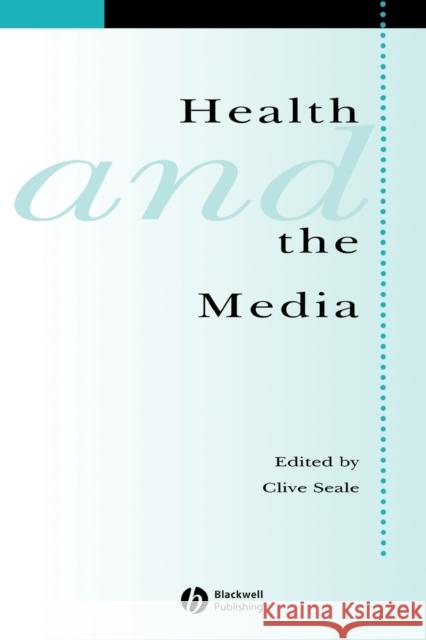Health and Media » książka
topmenu
Health and Media
ISBN-13: 9781405112444 / Angielski / Miękka / 2004 / 192 str.
This book is a collection of the best contemporary studies on health and the media.
- A collection of the best contemporary studies on health and the media.
- Brings together perspectives from media studies and medical sociology.
- Illuminates the influence that the mass media have on health beliefs and behaviour, and on health care practices and policy-making.
- Covers previously neglected areas, such as the role of the Internet, studies of production and reception, and the reporting of health care policies.
- Points the way forward for future developments in this exciting new field.











